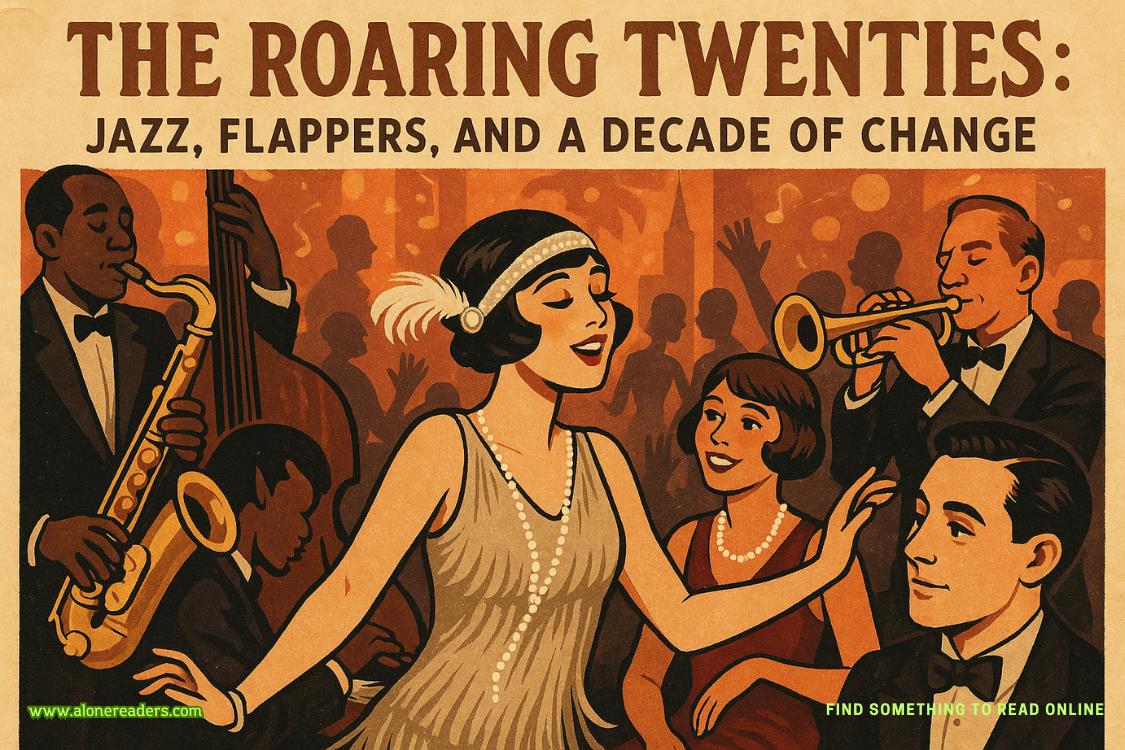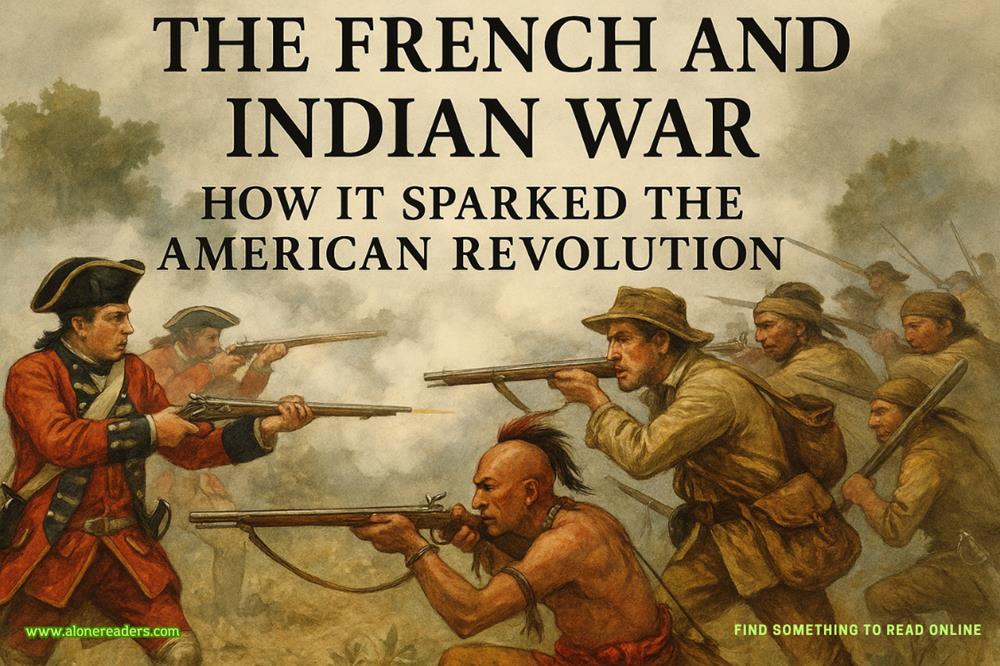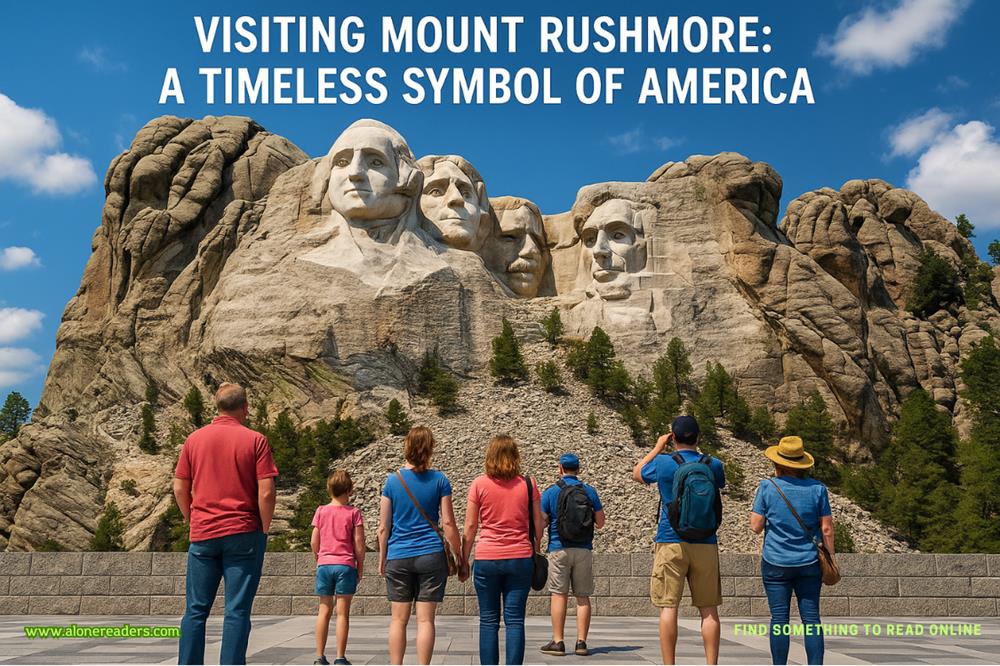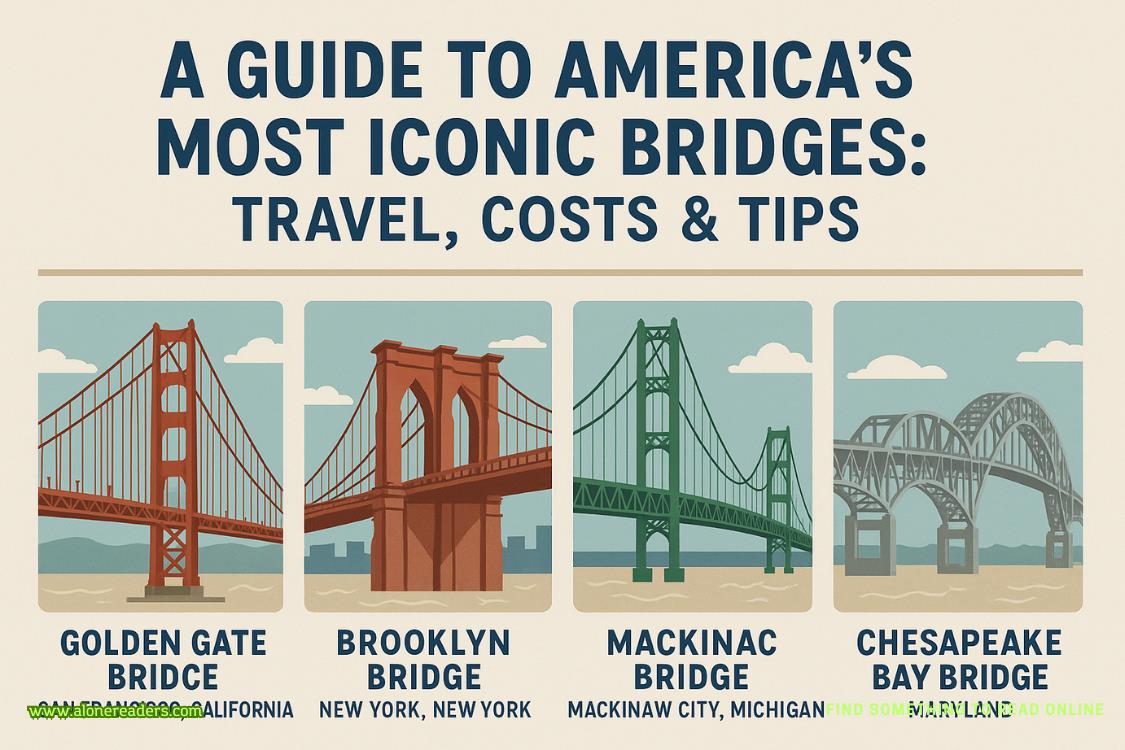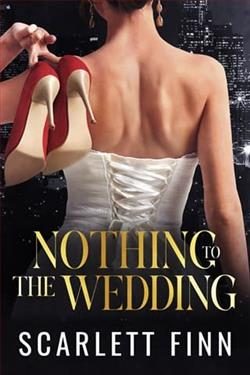Page 36 of Mountain Refuge
That really did not sit right with me. Why would a father lie about the day his children were kidnapped? If I had been on a wild goose chase, I can’t imagine what information the police were following. I’d read the profile that had been released on Adam Greene and had to wonder if someone had doctored some of the information.
It was hard to believe a powerful man like Sebastian Gunther, who could afford to hire the best and the brightest tutors in the world, would specifically choose a man who had already been arrested once on suspicion of child molestation to be his children’s nanny. While Greene hadn’t been charged with the crime, the arrest was on record.
Gunther claimed this was why the elementary school had let Greene go eight years ago. Gunther, giving the perfect performance as a grief-stricken father who was so worried about his children, had claimed he’d foolishly believed Greene’s story about being falsely accused, which had ruined his career and reputation. Gunther had hired Greene out of the goodness of his black heart.
I wondered if the man even had a heart. If he did, it was probably old and decrepit with cobwebs around it.
The police had record of the last time Greene’s car had been seen in the city before the kidnapping. Exactly twenty-nine days before. I knew then that what the police believed to be a regular ride through the city a month earlier was the actual kidnapping in progress.
What I found interesting is the gap of time between when Greene’s car had been spotted crossing Park Ave and again when he’d reached the Lincoln Tunnel. There was a partial plate of a parked car that could be Greene’s read on Twenty-Fifth Street, but that would have been off the direct route to the tunnel from NoHo. Since nothing so far about this case was what it seemed to be, I decided to work off the assumption that itwasGreene’s car parked at that intersection. It would explain the extra time between Park Ave and when he’d reached the Lincoln Tunnel. So what had been on Twenty-Fifth Street that had been so important he’d made a stop with two kidnapped children in the backseat of his car?
The partial plate had been read near the intersection of Twenty-Fifth and Sixth Ave. Upon arriving at that intersection, my first thought was he’d stopped at the Goodwill NYNJ store across the street. It was diagonal and in the line of sight of where the plate had been read. None of the clerks claim they remember seeing Greene in the store, and they immediately recognized his face from the wanted announcements on TV. That made me believe that they would have connected him to a customer if he’d been in the store.
From Goodwill, I went to a grocery market. If Greene was going on the run, he’d need food and supplies. Based on what was left in Greene’s and the children’s bedrooms in the police report, Greene had not taken much with them. A couple hundred to the wannabe cop in the security office had let me see the tapes on the day of the kidnapping. I watched specifically for a man with a little girl and a baby in or out of acarrier. Since Greene likely would have been wearing glasses, a hat, or some form of a disguise if he was taking kidnapped children into a public place.
Except there was nothing. I had the urge to check on the day Gunther reported the kidnapping but knew it would be a waste of time. By the time Gunther had reported his children missing, Greene had already had them for twenty-nine days.
I was beginning to wonder if I was chasing ghosts. The children could have been dead and buried before Gunther had even noticed his children were missing. The man clearly was not an attentive father. I still found it interesting that the oldest brother, Trenton Gunther, was not available for questioning. The police had been unable to locate him at the resort in Maui that Gunther claimed he was at.
An interesting thought had occurred to me as I had walked the block of Sixth Ave and Twenty-Fifth Street. What if the reason Trenton Gunther couldn’t be found was because he waswithAdam Greene and his siblings? What ifTrentonwas the real kidnapper? Could Greene have been taken against his will or been a willing participant in the kidnapping of his charges?
I had to put a pin in that thought.
I hit pay dirt when I checked the surveillance footage at theCVSon Sixth Ave, less than a block from where the partial plate had been recorded. I watched as a clearly flustered Adam Greene walked into the pharmacy with a baby carrier and an upset little girl in his arms. He went immediately to the register and bought a burner phone. At the last minute, he threw a coloring book that was in a magazine rack by the register and a box of crayons on the counter too.
He paid in cash.
By the time I left theCVS, I was out nearly a thousand dollars, but I had the footage of Adam Greene, Lydia Gunther, and a baby carrier which I could only assume held HenryGunther, though I never saw the baby’s face to make a visual confirmation,andI had the number of the burner phone Adam Greene had purchased.
A former military buddy who now worked in private security was able to get me the phone records for that burner. I was out a couple thousand dollars, a promise of a date when I got back into town, and a no-questions-asked favor. While I had no romantic feelings towards him, a date wasn’t the worst thing in the world, and he was too honorable a man for the favor to be something morally questionable. It was worth the trade.
The burner phone had called a Chinese restaurant in Lansing, Michigan once but the call had only lasted nine seconds. Enough for him to realize he had the wrong number? Several hours later, he called another number, which led me toJack’s General Storein Whitefish Montana. That call had lasted eleven minutes.
While I didn’t know where Greene had been when he’d called Whitefish, the fact that the call had lasted eleven minutes this time meant he had spoken to someone specifically. Two hours and forty-one minutes later, Greene called the number again. This time, the call had lasted only nine minutes.
The fact that the second call had taken place at eleven o’clock at night struck me as odd. Was the General Store open twenty-four-seven? There was no website for me to find out that information on and Google hadn’t had hours of operation on their site. Still, Greene had called the store twice for a total of twenty minutes.
A lot could be said in twenty minutes.
I felt this warranted an in-person look at the store and to speak to whomever was working from eight-thirty to eleven-thirty that night. Which was how I found myself standing in snow slush in a small town in Montana at the end of April.
The town was small. It had a single main road with a singletraffic light. There was a sign on parallel light posts proclaiming a Spring Festival this coming weekend. There was a raffle to dunk the mayor in a bucket of slime.
It was obvious that outside of the winter months when the ski resort was open, there was not much going on in this town.
I spotted a diner down the road from the General Store and wondered if that was the only place to eat in this town.
The store itself was nothing special. It was on the corner of a block of buildings and probably took up four times the space as the other shops on the strip. There was a single door with a glass window that held an OPEN sign on a chain. No hours of operation sign was posted either.
A cowbell above the door rang as I walked in. A quick glance around showed no surveillance cameras or sensors on the display windows. The single lock on a wood door with a glass window was also a big indicator this was not a high-crime area. Geez, I really was in the middle of small-town America.
I’d lived all over the country since getting out of the Corps, but this was definitely the smallest ‘small town’ I’d ever stepped foot into.
Upon walking in, I saw shelves of canned food. There was a single stand-up display refrigerator that held dairy products to my right. I hadn’t seen a Walmart or any grocery store driving into this town. Wasthistheir version of a grocery store?
A display near the register proclaimedlocal jerkywas for sale, which did look hand-bagged rather than factory made. Guess so.
There was a man at the counter talking to the older gentleman at the register. The man purchasing the items washuge. No other way to describe him. He was probably six-foot-seven or eight. He had shaggy black hair that fell past his shoulders and a long beard that was braided. A pink bow tied off the end, which I found peculiar. The man looked tough. Hewas clearly not a stranger to hard work. Having seen a lot of those guys in the military, I knew the man’s man persona very well. None of the men I’d served with would ever be caught with a pink ribbon in his beard—in public, that is. They’d rather do a thousand burpees before running ten miles in full gear.


